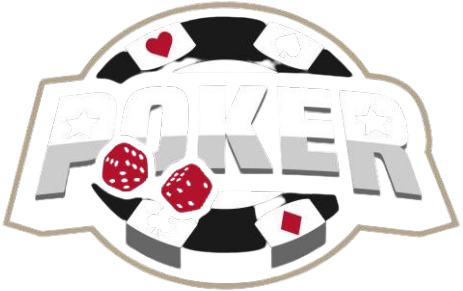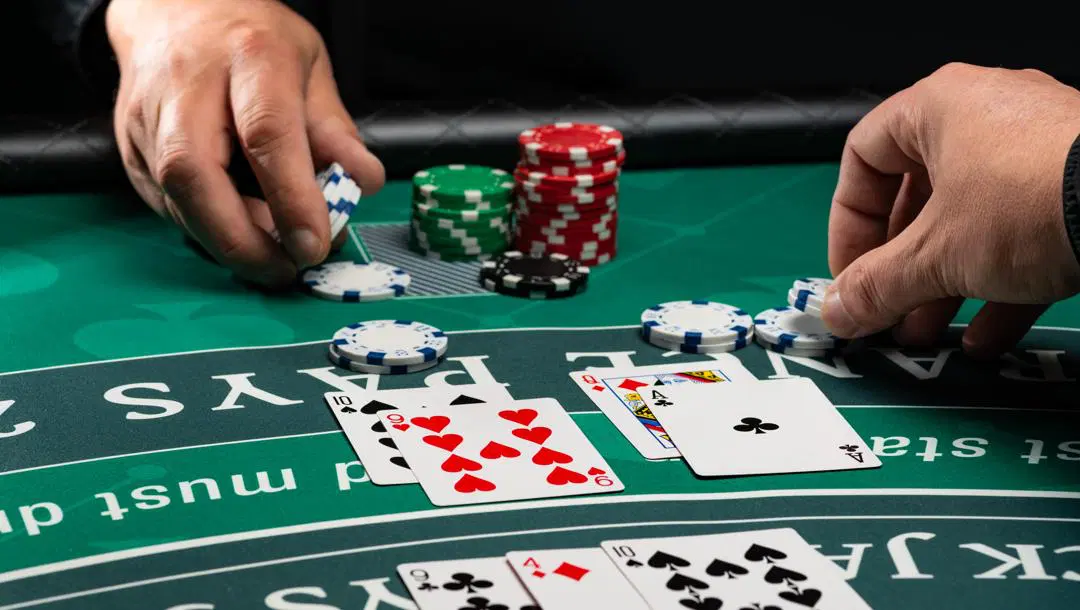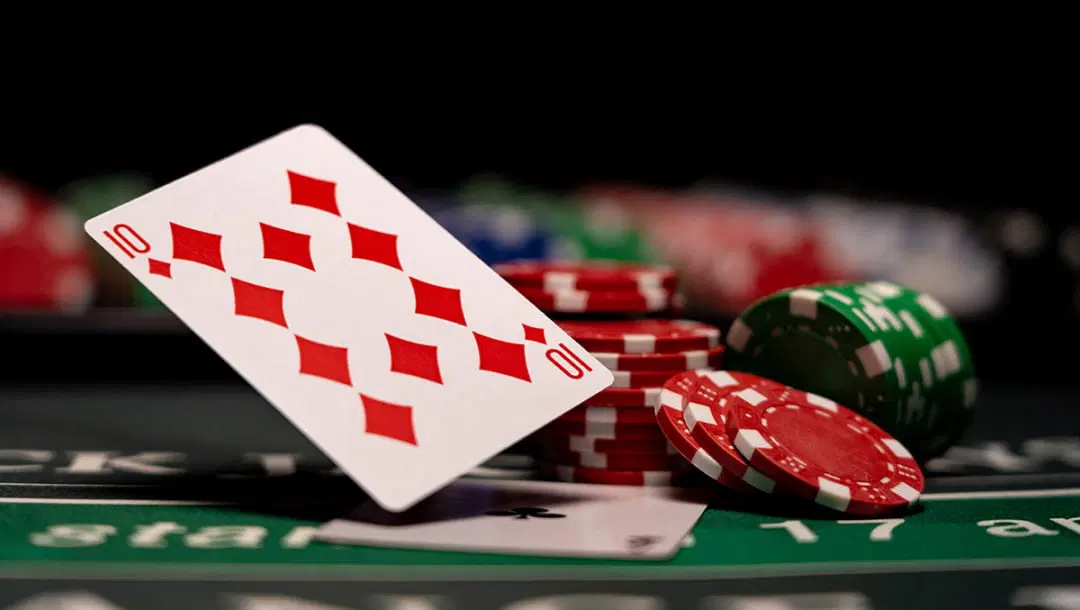When most people think of poker, the game that likely comes to mind is Texas Hold’em or Omaha. But before these modern variants took over casinos and online tables, Straight Poker was the original and most classic version of the game. If you’re interested in learning about the roots of poker, then you’re in the right place.
In this guide, we’ll explore the straight poker meaning, official straight poker rules, how it compares to other poker games, and strategic tips for players who want to give this traditional format a try.
What Is Straight Poker?
Straight Poker is the earliest form of poker, dating back to the early 19th century. In its most basic structure, each player is dealt a complete hand (usually five cards), and a showdown follows one round of betting. Unlike more modern forms like Hold’em or Stud, players don’t draw new cards or see community cards — your starting hand is what you get.
Straight Poker Meaning (Defined)
The term “straight poker” can refer to:
-
The original five-card poker format, and
-
A specific hand ranking in poker — the straight (five cards in sequence, such as 5♠ 6♦ 7♣ 8♣ 9♥).
However, in this article, we’re focused on Straight Poker as a game type, not just the hand.
Key Characteristics of Straight Poker
-
Each player gets 5 cards dealt face down.
-
There is usually one round of betting.
-
There is no drawing, replacing, or exchanging cards.
-
The best 5-card poker hand wins the pot.
This version is considered a “closed game”, meaning there are no shared or visible cards — everything is based on reading your opponents and betting wisely.
Straight Poker Rules: Step-by-Step
To play straight poker properly, follow these essential rules:
1. Setup
-
Use a standard 52-card deck.
-
2 to 6 players is ideal.
-
Determine the dealer position. This rotates clockwise after each hand.
2. Ante or Blinds
Before cards are dealt, either:
-
Each player places a small ante into the pot, or
-
The game uses blinds (small blind and big blind), similar to Texas Hold’em.
3. Dealing
-
Each player is dealt 5 cards face-down, one at a time starting from the left of the dealer.
4. Betting Round
-
The player to the left of the dealer starts the betting.
-
Players can fold, call, or raise.
-
There is typically only one betting round.
5. Showdown
-
If more than one player remains after the betting round, a showdown occurs.
-
All players reveal their cards.
-
The best 5-card poker hand (using traditional hand rankings) wins.
For official hand rankings, visit the Poker Hand Ranking Guide on PokerNews.
Poker Hand Rankings in Straight Poker
Since no additional cards are drawn, every hand counts. Here’s how hands are ranked from highest to lowest:
-
Royal Flush: A♠ K♠ Q♠ J♠ 10♠
-
Straight Flush: Five cards in sequence of the same suit (e.g., 7♣ 8♣ 9♣ 10♣ J♣)
-
Four of a Kind: Four cards of the same rank
-
Full House: Three of a kind + a pair
-
Flush: Five cards of the same suit
-
Straight: Five cards in numerical sequence (mixed suits)
-
Three of a Kind
-
Two Pair
-
One Pair
-
High Card
Note:
Aces can be high (A-K-Q-J-10) or low (5-4-3-2-A) but not both in the same hand.
Why Play Straight Poker?
Despite its simplicity, straight poker teaches key poker skills:
-
Reading opponents
-
Betting strategy
-
Calculating odds based on limited information
Because there’s only one betting round and no drawing, decisions carry more weight. There’s little room to “improve” a bad hand — you either bluff or fold.
Straight poker is often used in home games, casual circles, and educational settings for beginners.
Straight Poker vs Texas Hold’em
| Feature | Straight Poker | Texas Hold’em |
|---|---|---|
| Cards Dealt | 5 to each player | 2 to each + 5 community |
| Drawing/Community | No | Yes (community cards) |
| Betting Rounds | 1 | 4 (pre-flop, flop, turn, river) |
| Strategy Complexity | Simpler | More advanced options |
| Bluffing | Crucial | Also important |
Verdict:
Straight poker is a great gateway to modern poker variants. It focuses on pure betting, reading players, and making decisions with limited info.
Strategy Tips for Straight Poker
Even though it’s simple, there are strategic layers:
1. Play Tight
Only go in with strong hands. There’s no drawing, so junk hands stay junk.
2. Use Position Wisely
Being last to act gives you info on other players’ strength. Use that to bluff or fold smartly.
3. Master Bluffing
Bluffing is key in straight poker — especially if you sense weakness.
4. Watch Opponents
Pay close attention to betting patterns. Aggressive bets often signal strength — or a bluff.
5. Manage Bankroll
Stick to stakes you’re comfortable with. Even a short session can swing your stack.
Online Straight Poker: Where to Play
While most online poker platforms focus on Hold’em and Omaha, some offer classic formats in private or cash tables. Here are a few platforms that occasionally support straight poker or similar 5-card variants:
-
Offline Poker Apps for casual friends’ games
Alternatively, host your own straight poker night with friends using a real or virtual deck.
Common FAQs About Straight Poker
Is straight poker the same as 5-card draw?
Not exactly. In 5-card draw, players are allowed to replace cards after the initial deal. Straight poker has no drawing phase.
How many betting rounds are in straight poker?
Usually, only one round of betting occurs after the initial deal.
Can I bluff in straight poker?
Absolutely. In fact, bluffing is even more essential due to the lack of drawing and community cards.
What’s the difference between a straight and straight flush?
A straight is five cards in sequence (e.g., 5♥ 6♠ 7♦ 8♣ 9♦), but not all the same suit. A straight flush is both sequential and suited (e.g., 5♣ 6♣ 7♣ 8♣ 9♣).
Final Thoughts: Is Straight Poker Worth Learning?
In the world of poker, simplicity often hides depth. Straight poker, though basic in form, teaches the heart of poker strategy: betting, bluffing, and reading opponents. It’s a fast-paced, no-frills format that’s perfect for beginners and nostalgic pros alike.
Whether you’re new to card games or looking to revisit poker’s roots, straight poker delivers a streamlined experience with big lessons in game theory and psychology.



